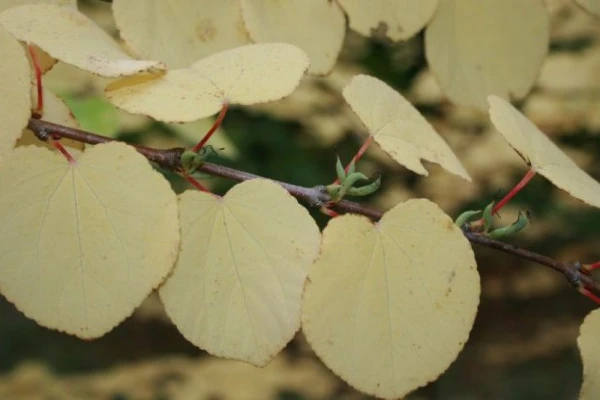
In the arboretum (dendrology) of the Latvian State Forests (Latvijas valsts meži / LVM) in Kalsnava, there grows a tree from Japan that particularly surprises visitors with its autumn transformations — the leaves turn bright colors and fall, filling the air with a sweet aroma. In autumn, usually in October, the Japanese katsura (known in Latvia as Japānas katsura, or Japanese katsura) fills the arboretum with a scent reminiscent of cotton candy.
The beauty of the katsura tree reveals itself after the first frosts, when the leaves are painted in yellow, dark pink, and even purple hues. But what particularly attracts attention is its sweet aroma during the autumn leaf fall. This scent will linger in the arboretum for about two more weeks.
LVM arboretum breeder Linda Strode explains:
"Interestingly, the aroma of the Japanese katsura comes not from the flowers, but from the leaves. It is caused by an organic compound — maltol, which is constantly present in the leaves of the katsura, but is especially actively synthesized in autumn — during the aging process of the leaves. Maltol is a relative of malt sugar maltose, so in autumn, katsuras emit a sweet aroma of burnt sugar. Because of this feature, katsuras are often referred to as caramel (gingerbread) or cotton candy trees. If the leaves are damaged by spring frosts, the sweet aroma also becomes noticeable."
The LVM arboretum collection includes 16 Japanese katsuras. The first tree was planted here in 1984 from seeds obtained as part of an international seed exchange program. These seeds arrived from the "Alexandria" arboretum in Bila Tserkva, Ukraine.
The Japanese katsura is an expressive tree with several trunks directed upwards, with slender shoots densely covered with rounded leaves.
The genus includes two closely related species — the Japanese katsura (Cercidiphyllum japonicum) and the magnificent katsura (Cercidiphyllum magnificum).
Both species are difficult to distinguish in cultivation due to their strong similarity. The main differences can be observed in the bark and leaf shape. The first species has bark that longitudinally cracks even in young trees, and the leaf tip is usually narrower. The second species retains smooth bark until the tree is very old, and its leaves are larger and rounder.
It has been scientifically proven that these two species also differ genetically. Additionally, their natural ranges differ: the Japanese katsura grows in the humid forests of southeastern China and Japan, while the magnificent katsura is found only in the subalpine zone of the mountains on Honshu Island, where the range of the Japanese katsura ends.
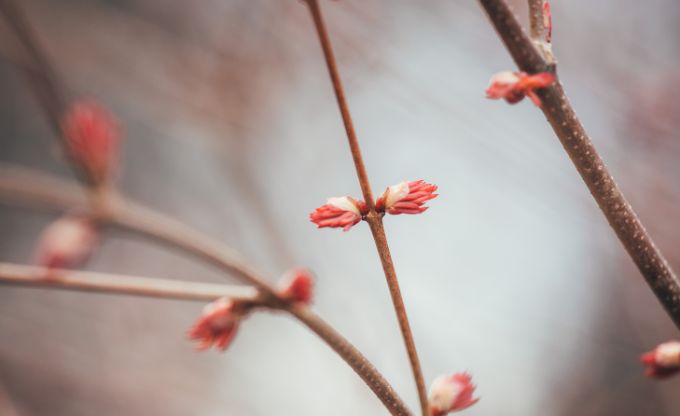
In gardens, the Japanese katsura (Japanese katsura) is more commonly cultivated — it is more widespread in nature and was introduced to cultivation earlier. The Japanese katsura is also taller and more impressive. For both species, the best conditions are fertile, well-drained soils in sunny or semi-shaded areas. Katsuras tolerate clay soils well but do not withstand drought, especially at a young age.
Interestingly, katsuras are dioecious plants: female and male flowers develop on different trees. The flowers are small, almost inconspicuous from a distance, but very bright up close. In autumn, fruits resembling small pods ripen on female plants — they look like horns or bird claws.






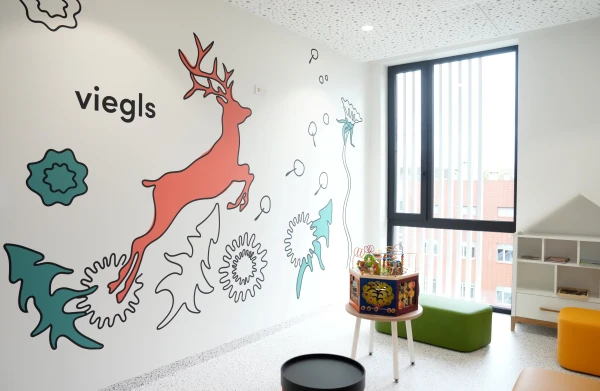




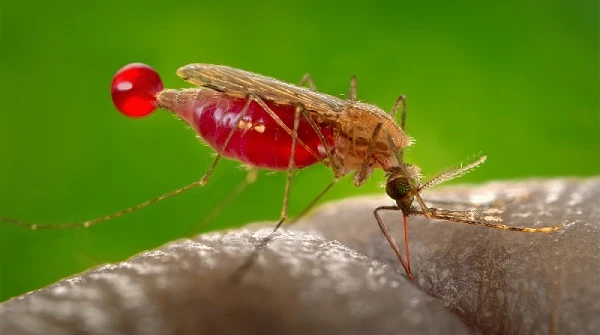

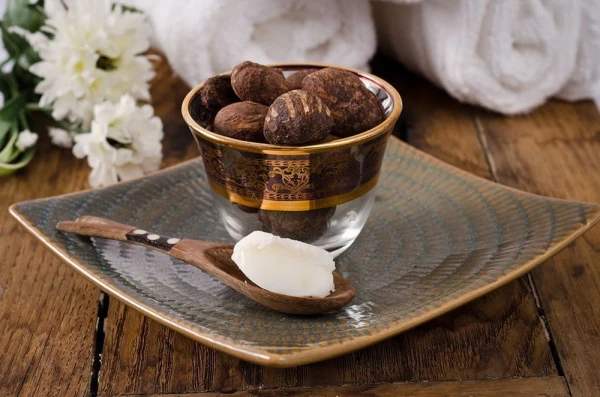
Leave a comment